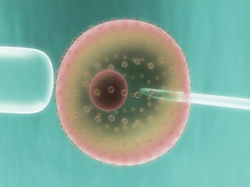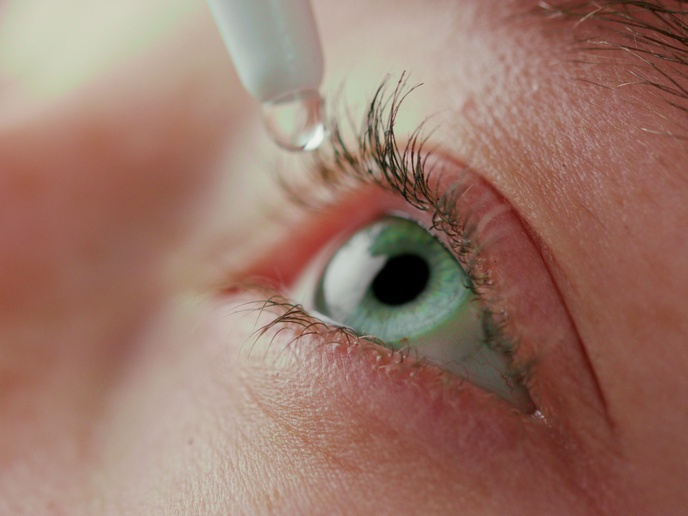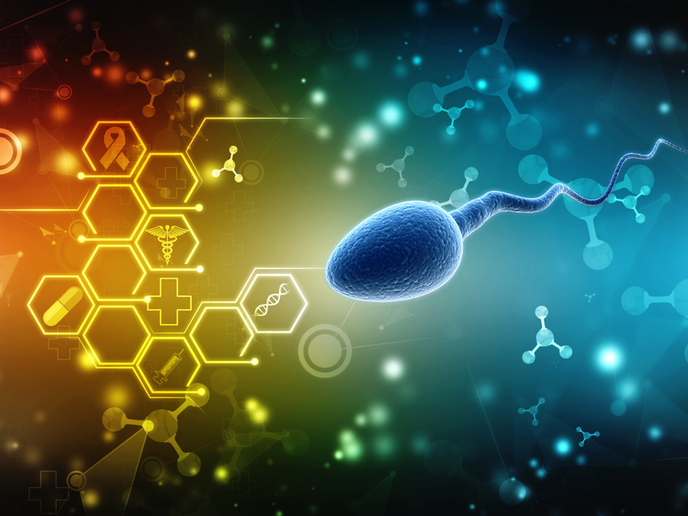Multi-array sensors for insertion in cells
Diseases and trauma that damage cells can result in loss of function and quality of life. Whole organ transplants have been used successfully to restore function in a variety of organs, including the liver, kidneys and heart. Tissue transplantation (organs are made of various types of tissues) has also saved lives and restored essential functions for many sufferers. While scientists are a long way from being able to transplant a brain in humans, success has been achieved in transplanting human embryonic cells and tissue. In particular, nervous system diseases such as Parkinson's disease (PD) have demonstrated responsiveness to such treatments and initial clinical trials are underway for Huntington's disease (HD). Multipotent neural stem cell (NSC) lines are undifferentiated cells that can become several types of cells depending on cues from their local environments. Transplantation of NSCs is a widely used experimental model to study processes involved in cell replacement therapy in the central nervous system. However, studies on the molecular mechanisms of differentiation and functional integration of these cells into the host tissue are incomplete. European scientists initiated the EU-funded 'Exploring cellular dynamics at nanoscale' (Excell) project to investigate cellular function and molecular machinery on a level not previously possible. Scientists are exploiting nanostructures, functional devices with sizes on the scale of atoms and molecules. With development of lab-in-a-cell (LIC) technology (essentially a motherboard for eventual insertion into a cell), scientists will provide a nano-scale sensor/actuator platform to study single cells and mixes of cells and tissues in their natural environments. The LIC platform consists of a microfluidic array of multi-diagnostic sensors. These will sense real-time cell morphological changes, including those caused by binding reactions, and monitor changes in intracellular ribonucleic acid and other proteins. They will also incorporate intracellular optical imaging capabilities using a variety of fluorescent markers. Data acquisition software and noise reduction protocols will be paramount to the success of the project. Excell's LIC platform will revolutionise the study of cell and tissue dynamics with a functional multi-array sensor capable of determining changes in individual molecules inside a cell.







